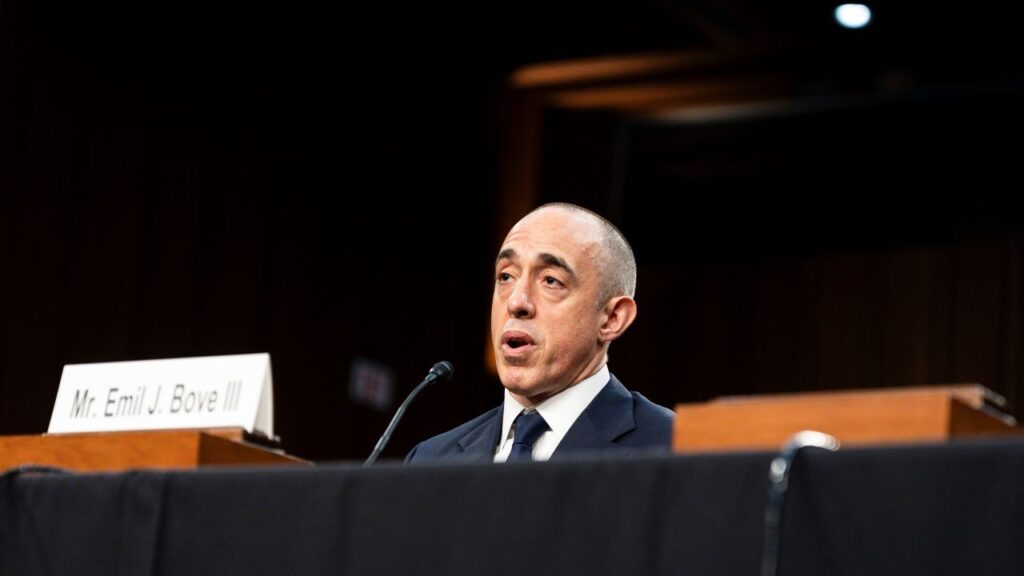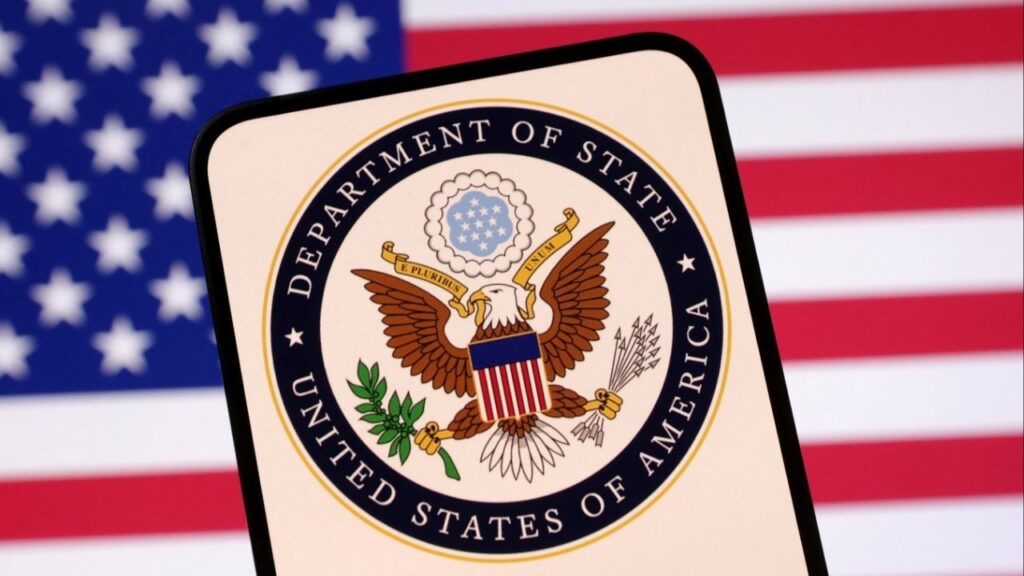Share
College graduation season has arrived. Along with the celebrations and the dreams of the bright future, there’s a bitter pill of reality: Student loans are ready to come due.
A student graduating with a bachelor’s degree in the United States this year will shoulder an average of nearly $30,000 in loan debt. Payments on student loans usually begin six months after graduation, so May’s pomp and circumstance means some financial pain in November.
In California, the average loan debt for graduates was $22,785 in 2017, according to The Institute for College Access & Success.
The average loan burden for a Fresno State graduate was $18,308. The hit was much larger at the state’s private schools. Pepperdine University’s average, for instance, was $34,410.
Graduates can’t make student loans vanish (at least not legally), but there are some ways to ease the pain. Here are five things to try.
1. Increase Your Student Loan Payment
Not the most appetizing option, at first glance. Sounds like a vanilla sundae topped with motor oil. But if you take the long view, upping your payments makes financial sense.
For example, if you have $30,000 in debt and make monthly payments of $295 on a 15-year loan with 8.5% interest. Increasing your payment by $50 will pay off the loan about three and a half years early and save $6,735 over the life of the loan.
You can use this tool to calculate how much you could save with extra payments.
Even the smallest extra amount can make a difference. Again: Take the long view.
And while you’re at it, see if the organization servicing your loans will apply extra payments first to the loans with the highest interest rates.
2. Too Strapped? Try an Income-Based Payment Plan
So the reality is you not only can’t make extra payments, but can’t afford the minimum. At least until you gain firmer financial footing, you can try for an income-based repayment plan.
If you qualify – and there are several factors involved in qualifying for such a plan – you can base your payment on a small percentage of discretionary income.
If the biggest immediate concern is falling behind on payments, this is a strong option. The key is not to depend on it for too long. Start increasing payments as your income improves.
3. See If You Qualify for Loan Forgiveness
Depending on your chosen career and other factors, you can qualify for programs that forgive part of your student loan. For instance, graduates who land jobs in the public sector can apply for Public Service Loan Forgiveness. Teachers can have a chunk of loan debt forgiven after a few years of service at a low-income school.
There are many others. A great place to shop for them is the Federal Student Aid Office.
4. Consolidate or Refinance Your Loans
If you can’t whittle down the principal of student loans through a forgiveness program, you might be able to reduce interest rates through refinancing or consolidation.
The primary purpose of this process is to combine loans into one, at a lower rate that reduces the loan’s total cost. You also can choose to change the repayment period; options usually range from five to 20 years.
If you extend the payment period, beware: You reduce the monthly payment but likely increase the total cost of the loan.
5. Make a Payment Every Two Weeks
Why twice a month? Well, many people get paychecks every other week, so you can align your loan payments to your income.
But here’s the trick to this tip — by the end of a year, you’ll have made the equivalent of one extra monthly payment. As noted before, that saves interest. Which saves you money in the long run.
RELATED TOPICS:
Categories

Fresno Train-Vehicle Collision Causes Traffic Disruptions

US Dollar Tumbles After Fed Cuts Rates, Powell Comments

















